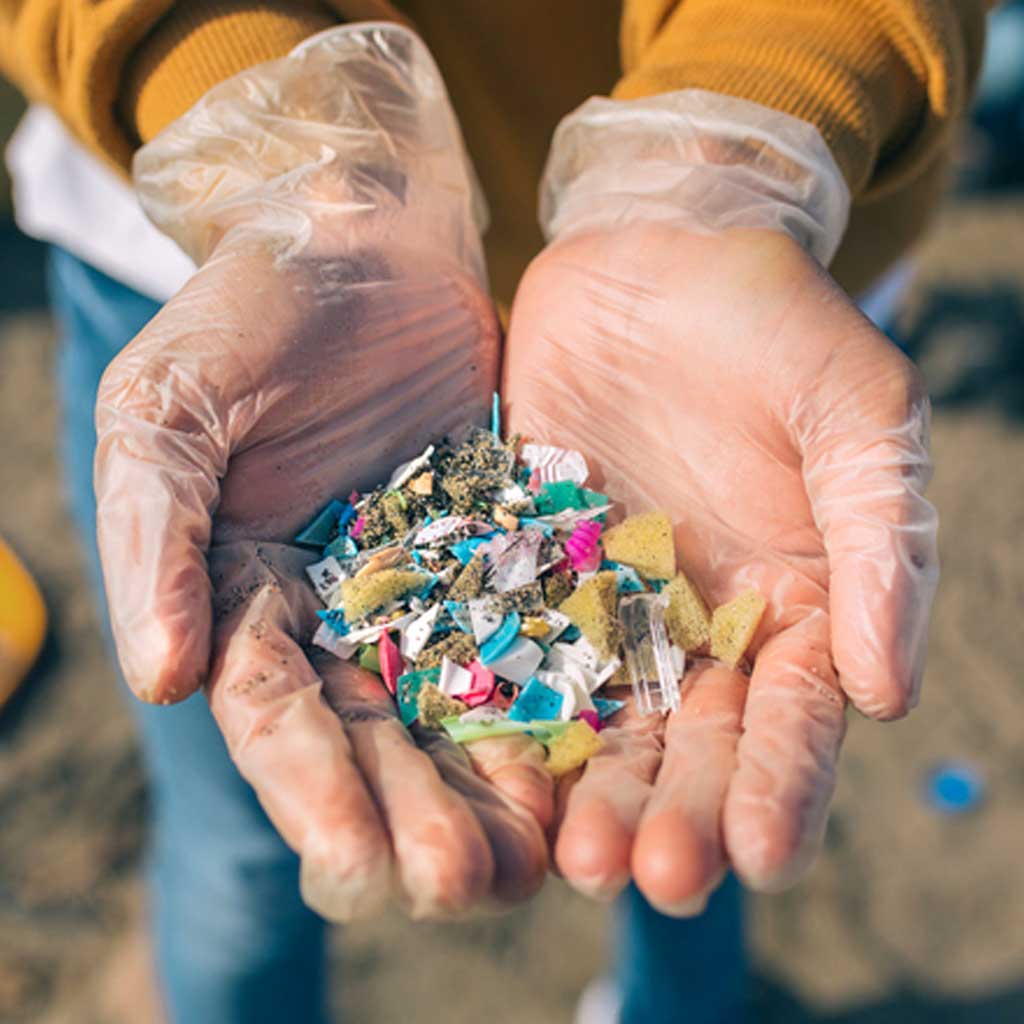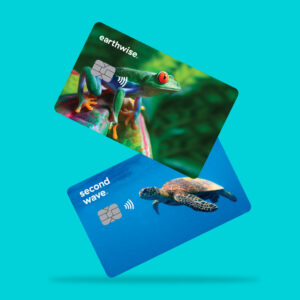In response to rising consumer demand, card manufacturers and issuers are actively working to develop and provide more environmentally-conscious solutions to address the growing problem of plastic waste. The challenge for card manufacturers is in sourcing materials that are not only durable, but able to handle the complex security and technology requirements of today’s evolving payment standards, including both EMV® and contactless payment functionality.

One of the most exciting eco-friendlier alternatives to traditional first-use plastic is the use of recovered ocean-bound plastic, which addresses a serious environmental challenge by reducing the amount of plastic waste in ocean-bound areas, waterways and shorelines, while also meeting the demanding requirements of today’s diverse payment systems.
Recovered ocean-bound plastic comes in many conditions, shapes and forms, not all of which are suitable for use in card manufacturing. Plastic waste must first be converted back into a commercially viable form, such as flakes. Once converted, the recovered plastic can be used in a wide array of consumer and commercial products in place of first-use plastic.
Recovered ocean-bound plastics are already being used in several consumer applications, like shoes, eyeglass frames, buttons, and zipper pulls and this versatile material presents great opportunities in the payment card arena. Roughly six billion payment cards are manufactured each year, the vast majority of which use virgin PVC (polyvinyl chloride) for the card body construction.
Incorporating recovered ocean-bound plastic into payment card construction can help divert a meaningful level of plastic waste from entering our oceans.
To meet this need, CPI has introduced Second Wave®, payment cards with cores made with recovered ocean-bound plastic. Second Wave® offers the opportunity to make a difference in the effort to reduce the proliferation of first-use plastic, divert plastic waste from entering in the oceans and better serve a growing market of environmentally-conscious consumers.
CPI estimates that for every one million Second Wave® payment cards produced, over one ton of plastic will be diverted from entering the world’s oceans, waterways and shorelines.








